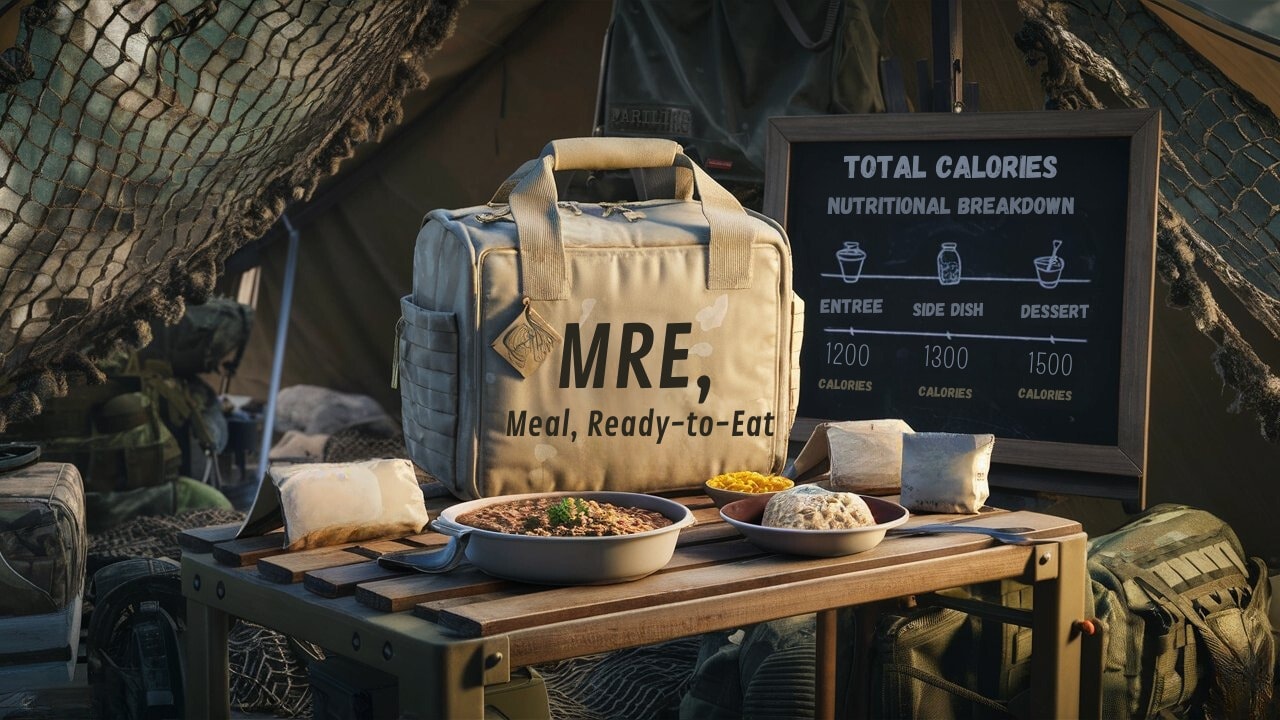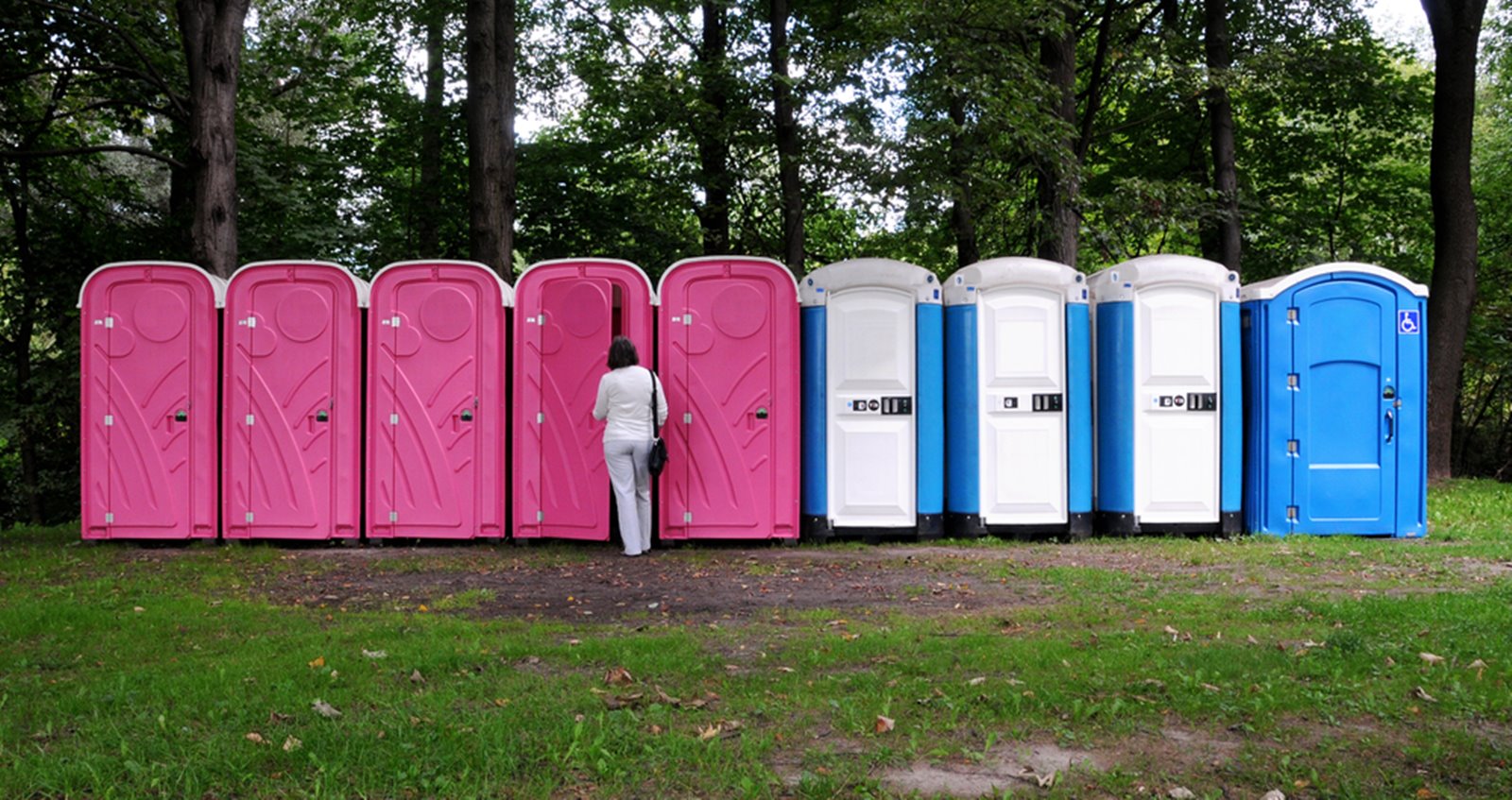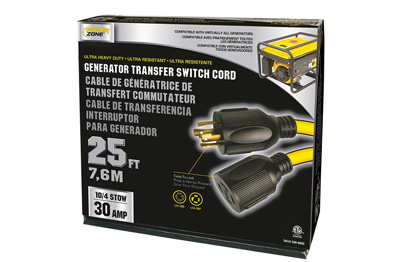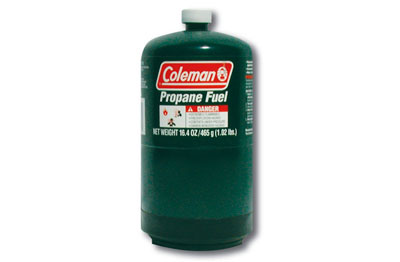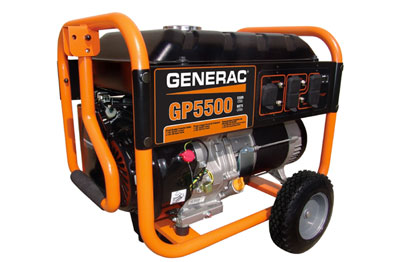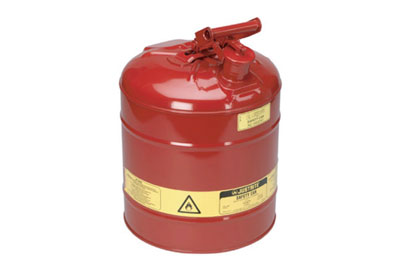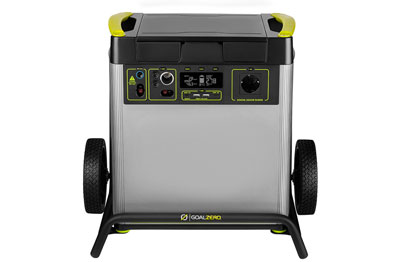
How long do mre's last?saturday, september 17, 2024 Meals Ready-to-Eat (MREs), often exist in the shadow of traditional camping foods and emergency rations. Yet, they carve out a significant presence with their unparalleled convenience, taste test and shelf stability. This unique characteristic distinguishes MREs as a vital component of survival kits, emergency preparedness plans, and outdoor adventures, offering a reliable food source that stands apart in the realm of portable nourishment. Key types of MREs include standard military-grade options, civilian versions, and specialized varieties tailored for dietary restrictions or preferences. Each type is known for its specific content, packaging, and nutritional value. Civilian MREs, for instance, provide a diverse range of flavors and are easily accessible, making them a popular choice among hikers, campers, and emergency preppers. Digging deeper, each category of MRE showcases its own set of attributes, storage recommendations, shelf life, and tips for optimal consumption. The following sections will delve into these factors in detail, offering a comprehensive understanding of what makes MREs an indispensable resource for anyone needing a dependable meal solution in various scenarios. What is an MREAn MRE, standing for Meal Ready-to-Eat, is a self-contained, individual ration designed for easy portability and consumption without the need for cooking. Originating from military use, MREs have evolved to cater to a wide audience, including outdoor enthusiasts and emergency preparedness communities. Each MRE package typically contains an entree, side dish, bread or cracker, spread (peanut butter & cheese spread), dessert, and a beverage mix, along with utensils and sometimes a flameless ration heater to warm the meal. MREs are engineered to withstand harsh conditions (Combat situations or natural disasters) and provide sufficient nutrition, making them an ideal solution for sustaining individuals in various situations where traditional food sources are unavailable or impractical. How long do MREs typically last
The average shelf life of an MRE can vary significantly, generally lasting from 3 to 5 years under ideal storage conditions. This duration is heavily influenced by the temperature at which the MREs are stored; cooler environments can extend the shelf life depends on their usability, while warmer conditions may shorten it. It's important to note that while MREs are designed for longevity, their nutritional value and taste may degrade over time, especially beyond their intended shelf life. Manufacturers provide a date code on the packaging to help determine the age and expected shelf life, aiding in assessing their suitability for consumption. Up to 5 year shelf life under ideal conditionsMREs can last up to 5 years when stored under ideal conditions. These conditions are characterized by environments that are cool, dry, and dark. The optimal storage temperature for maximizing the shelf life of MREs is below 60°F (15°C). Maintaining this temperature range is crucial as it minimizes the degradation of food items quality and nutritional content, ensuring that the meals remain safe and palatable for consumption over an extended period. Effects of Storage temperatures on shelf lifeThe temperature at which MREs are stored has a significant impact on their shelf life. High temperatures can accelerate the deterioration process, potentially reducing the shelf life from up to three years to as little as six months. For every 18°F (10°C) increase in temperature above the optimal storage conditions, the shelf life of an MRE decreases dramatically. Here are specific examples illustrating the impact of temperature variations:
How to store MREs for maximum shelf lifeTo ensure MREs retain their quality and nutritional value for as long as possible, storing them in cool, dry, and dark places is imperative. Ideally, temperatures should be maintained below 60°F (15°C) to slow down the aging process of the food and packaging materials. Avoiding areas where temperatures fluctuate significantly is also crucial, as constant changes can accelerate the degradation of the MREs. Cool, dark, and dry places are bestFor optimal storage, MREs should be kept in cool, dark, and dry environments. These conditions help preserve the integrity of the mre packaging and the quality of the food inside. A consistent temperature below 60°F (15°C) is ideal, as it significantly slows down any potential degradation processes. Such environments ensure that MREs remain in the best possible condition, extending their shelf life and maintaining their taste and nutritional value. Avoiding extreme temperature fluctuationsIt is crucial to avoid extreme temperature fluctuations when storing MREs. Frequent changes in temperature can cause the packaging materials to expand and contract, potentially compromising the seal and exposing the contents to air and moisture. This exposure can lead to spoilage and reduce the shelf life of the MRE. Common mistakes leading to extreme temperature fluctuations include:
Stability in storage conditions is key to ensuring that MREs remain a dependable source of nutrition, whether they are kept for emergency situations or outdoor adventures. Factors affecting MRE shelf lifeSeveral key factors influence the shelf life of MREs, with storage conditions being paramount. The environment where MREs are stored, specifically the temperature, humidity, and exposure to light, directly affects their longevity. Additionally, manufacturing differences, such as the ingredients used and the packaging technology, can also impact how long MREs can be stored before consuming. Understanding these factors is crucial for maximizing the shelf life of MREs, ensuring they remain a reliable and nutritious option when needed. Storage conditionsThe lifespan of MREs can significantly influenced by storage conditions. Key elements such as temperature, humidity, and light exposure play crucial roles in determining how long MREs remain consumable. Ideally, MREs should be stored in a cool, dry, and dark place to prevent the degradation of food quality. High temperatures and moisture can accelerate the breakdown of packaging and food, while direct sunlight can lead to the deterioration of nutritional content and taste. Manufacturing differencesManufacturing differences also affect the longevity of MREs. Variations in packaging materials, sealing techniques, and the types of preservatives used can all influence shelf life. Some manufacturers may employ advanced technology to extend the durability of MREs, while others might use more traditional methods that have a shorter preservation period. Additionally, the specific ingredients and meal types can impact how well an MRE holds up over time, with certain foods being more susceptible to spoilage than others. Manufacturer Packaging Material Sealing Technique Preservatives Used Shelf Life Impact Manufacturer A Triple-layer plastic and aluminum Heat-seal Sodium benzoate, calcium propionate Extends shelf life due to better moisture and oxygen barrier Manufacturer B Double-layer plastic Heat-seal Sorbic acid, ascorbic acid Moderate shelf life due to less effective moisture barrier Manufacturer C Plastic and foil laminate Heat-seal with vacuum Nitrites, vitamin E Extends shelf life by preventing oxidation Manufacturer D Single-layer plastic Crimp seal None (freeze-dried ingredients) Shorter shelf life due to potential for seal failure and lack of preservatives Manufacturer E Biodegradable materials Heat-seal Natural preservatives (salt, sugar) Moderate shelf life with emphasis on sustainability Extending the shelf life of MREsTo extend the shelf life of MREs beyond their typical duration, specific measures can be taken to enhance their longevity. Storing MREs in airtight containers can significantly reduce exposure to air and moisture, two factors that accelerate spoilage. Additionally, incorporating oxygen absorbers and desiccants within the storage area can further protect against moisture and oxygen, thereby prolonging the shelf life of MREs. These methods, when combined with optimal storage conditions such as the cool temperatures, dry, and dark environments, can significantly extend the usability of MREs, making them a more dependable option for long-term emergency preparedness and outdoor adventures. Keeping MREs in airtight containersStoring MREs in airtight containers is a key strategy for extending their shelf life. These containers shield the MREs from air and moisture, two of the most significant factors contributing to the degradation of food quality over time. By creating a barrier against these elements, airtight containers help maintain the integrity of the MREs, preserving their nutritional value and taste for longer periods. Using oxygen absorbers and desiccantsIncorporating oxygen absorbers and desiccants into the storage environment plays a crucial role in prolonging the shelf life of MREs. Here's how to effectively use these tools: Tool Purpose How to Use Oxygen Absorbers Remove oxygen from the air, reducing oxidation and spoilage of food. Place an appropriate size oxygen absorber inside the airtight container with MREs. Generally, a 300cc oxygen absorber is sufficient for a gallon-sized container. Desiccants Absorb moisture, preventing the growth of mold and bacteria. Include a small packet of desiccant in the container. For a gallon-sized container, a 5-gram packet is typically adequate. Together, these tools create an environment that minimizes the factors that contribute to food degradation, effectively extending the usability of MREs. It's important to ensure that the mre stored in airtight containers are properly sealed and stored in cool, dry, and dark places to maximize the benefits of oxygen absorbers and desiccants. Checking the expiration date of MREsDetermining the expiration date of MREs is essential for ensuring their safety and nutritional value. Each MRE package is typically marked with a date code that indicates the production date. To assess the shelf life, it is necessary to decode this manufacturer's date code, which often requires referencing specific manufacturer guidelines or charts. Additionally, some MRE packages may directly print an expiration date, making it easier to identify how long the MRE can be safely consumed. Regularly checking these expiration dates, and understanding how to interpret them is crucial for anyone relying on MREs for emergency food supplies or outdoor activities, ensuring that the meals are consumed within their optimal quality period. Date printed on the packageMany MRE packages come with a date printed directly on the package, which usually indicates the date of the manufacture date rather than an expiration date. This printed date is crucial for determining the age of the MRE and, by extension, its remaining shelf life. Understanding this date helps users make informed decisions about when to consume the MRE to ensure optimal taste and nutritional value. Decoding the manufacturer's date codeThe manufacturer's date code found on MRE packages can sometimes seem cryptic, but it's essential for identifying the production date. This 4-digit production date code often consists of a series of numbers and possibly letters, representing the year and day of manufacture. Decoding this information requires referencing the specific manufacturer's guidelines, as the format of manufacture dates used can vary. Accurately interpreting the manufacturing date code is vital for assessing the MRE's shelf life, ensuring that the meal is consumed within a safe timeframe. To assist in decoding the manufacturer's manufacturing date code, the following table provides examples from a few major MRE manufacturers: Manufacturer Date Code Format Example Explanation AmeriQual 4-Digit Numeric 7345 The first digit represents the year, four digit code of the year of manufacture (7 for 2017), and the next three digits represent the day of the year (345th day, or December 11). Sopakco 4-Digit Numeric 8012 Similar to AmeriQual, 8 for 2018, and 012 is the 12th day of the year (January 12). Wornick 4-Digit Numeric 9261 First digit is the year (9 for 2019), followed by the day of the year (261st day, or September 18). Meal Kit Supply 5-Digit Alphanumeric L1824 The first letter often represents the production line or plant. The first digit is the last number of the year (8 for 2018), followed by the day of the year (the 24th day, or January 24).
Safe consumption of MREs past their expiration dateConsuming MREs past their expiration date may be considered safe in certain circumstances, but it requires careful assessment. Over time, nutrient degradation can occur, reducing the meal's nutritional value. Additionally, the taste and texture of the food may change, potentially making it less palatable. Before consumption, it's crucial to inspect the package integrity and look for signs of spoilage, such as off odors or colors. Ensuring the vacuum seal is intact is also important, as a compromised seal can indicate potential spoilage. While MREs are designed for long-term storage, prioritizing safety by thoroughly checking these factors can help determine if an MRE is still suitable for consumption. Possible nutrient degradation over timeOver time, MREs can experience nutrient degradation, leading to a decrease in their nutritional value. This process is gradual and can affect the vitamins and minerals essential for a balanced diet. While the meals may still be safe to eat, the reduction in nutrients means they might not fully meet dietary needs if relied upon exclusively. Monitoring the storage time of MREs is crucial for ensuring that, even beyond their estimated expiration date, they provide the necessary sustenance.
Inspecting for package integrity and spoilage signsInspecting the package integrity is a critical step in assessing the safety of MREs past their expiration date. Here are specific signs of spoilage to look for:
Ensuring that the vacuum seal is intact and that there are no visible signs of spoilage helps to minimize the risk of foodborne illness and ensures that the MRE remains a viable food source. If any of these signs are present, it is safer to discard the MRE rather than risk consuming it. Risks of consuming expired MREsConsuming expired MREs carries certain risks that should not be overlooked. Primarily, there is the potential for foodborne illness if the food has begun to spoil. This risk is heightened if the packaging shows signs of compromise or if the MRE has been stored under adverse conditions. Furthermore, taste and texture changes in expired MREs can significantly impact the eating experience, making the meals less enjoyable and potentially unpalatable. While MREs are designed for long-term storage, it's crucial to assess each package carefully and consider these risks before deciding to consume an MRE past its recommended shelf life. Foodborne illness considerationsThe risk of foodborne illness is a significant concern when considering the consumption of expired MREs. Bacteria, mold, and other pathogens can proliferate if the food has spoiled or if the packaging has been compromised. Symptoms of foodborne illness can range from mild discomfort to severe health complications, emphasizing the importance of inspecting MREs for signs of spoilage and ensuring their storage conditions have been optimal. Taste and texture changesTaste and texture changes are common in expired MREs and can greatly affect the overall eating experience. Over time, even well-preserved foods can undergo alterations in flavor and consistency, leading to a less enjoyable meal. These changes may not always indicate that the food is unsafe to eat, but they can diminish the palatability and satisfaction derived from consuming the MRE. Examples of common changes include:
It's crucial to consider these factors when deciding whether to eat an MRE past its prime, as they can significantly impact the enjoyment and nutritional value of the meal. Assessing if an MRE is still safe to eatDetermining whether an MRE is still safe to consume involves a thorough inspection for any signs of spoilage or package compromise. Key indicators include checking for off odors or colors, which can signal that the food has begun to spoil. Additionally, ensuring the vacuum seal is intact is crucial, as a broken seal could mean the contents have been exposed to air and bacteria, increasing the risk of foodborne illness. By carefully evaluating these factors, individuals can make informed decisions about the safety of consuming an MRE, even if it is past its prime. This assessment is essential for anyone relying on MREs as a food source in emergency situations or during outdoor activities, where safety and nutrition are paramount. Ensuring the vacuum seal is intactEnsuring the vacuum seal is intact is a critical step in determining the safety of an MRE. A sealed package is essential for protecting the food from air and contaminants, significantly extending its shelf life. Here are specific steps and visual cues to help you check the vacuum seal effectively:
An intact seal is a good indication that the contents are still in their original, preserved condition. If you find any signs of seal failure, it's best to err on the side of caution and not consume the MRE. |


